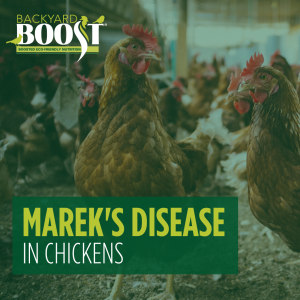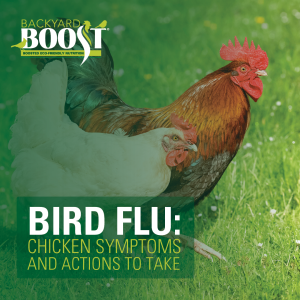
Many new chicken owners ask us, “When do chickens molt?” Well, the answer is more involved than you might expect. Chickens typically molt in response to changes in environmental factors, particularly light and temperature. Your chickens might also molt due to natural physiological processes or simply due to stress. The molting period generally occurs once a year and can be influenced by several factors.
You can expect your chickens to molt primarily based on their age and the seasonal changes they experience. Let’s explore together 3 typical molting periods in a chicken’s life.
Age-Related Molt
First Adult Molt
So, when do chickens molt? In most instances, when they reach adulthood. Chickens usually experience their first adult molt between 16-18 months old. This is often the most noticeable molt as they lose a significant number of feathers.
The first adult molt usually happens in the fall, and most molting chickens will lay fewer eggs
This initial molt can be quite dramatic, so if you are a first-time chicken owner, be prepared. It is quite shocking to see the feather loss and an abrupt halt in egg production. Your hens will also look rather different as they go through the feather regrowth process.
Annual Molts
Once the first molt occurs, chickens molt annually. Typically, the molt happens around the same time each year.
Seasonal Molt
Fall Molt
The most common time for chickens to molt is in the late summer to fall, which coincides with their first molt. This timeframe allows them to grow new feathers before the colder winter months. Depending on where you live geographically, this can start anywhere from late August to November.
Spring Molt
Although less common, some chickens may have a minor molt in the spring. This is a rare occasion, and generally less noticeable than the fall molt. But if you’re noticing some of your flock is molting in spring, there’s no need to panic.
Stress-induced Molt
Chickens can also molt in response to stressors. Stressors that can cause molt include drastic changes in feed, extreme weather, illness, or disruptions in their environment. This is less predictable but can happen at any time if the chickens are under significant stress.
During the molting process, chickens will lose old feathers and grow new ones, which can take anywhere from a few weeks to a few months, depending on the individual bird and breed. Egg production usually decreases or stops altogether during molting, as the birds redirect their energy from egg-laying to feather regeneration.
So, it seems that the answer to “When do chickens molt?” might be as clear as “Which came first, chicken or egg?” Molting can take place in spring or fall when stress is induced or when sudden changes happen. However, molting typically happens annually, in the fall, and is a great way for chickens to shed unhealthy feathers and prepare fresh plumes for winter warmth.
Backyard Boost® Can Help During Molting
Ensuring that chickens receive adequate nutrition, especially higher levels of protein, during molting is crucial to supporting the growth of new feathers and maintaining overall flock health.
Feathers consist of 85% protein. Therefore, as they lose old feathers and grow new ones, their nutritional needs are increased. Be sure to provide them with the best diet you can, such as a supplement like Backyard Boost® Daily Essentials.
Backyard Boost Daily Essentials is a pelleted protein supplement for poultry designed to maximize digestibility and egg production. The added protein helps replenish and nourish your chicken during this time, and year-round. This pelleted protein supplement is fully fortified with the research-proven prebiotic, AO-Biotics® Amaferm®. It also contains vitamins, minerals, and organic trace minerals to maximize growth and egg production and support overall flock health.
Amaferm enhances digestibility. If that sounds unclear, Amaferm boosts the digestive system of your chickens, supporting the overall nutrition of the flock. And better-fed chickens are healthier chickens.
Backyard Boost Does More Than Keep Your Chickens Feeling Good
In addition to providing nutrients needed for overall well-being, Backyard Boost Daily Essentials also contains AO-Biotics® EQE, a postbiotic research-proven to enhance egg quality. AO-Biotics EQE is the first-and-only AO postbiotic developed specifically for layers.
So, although they might be on an egg-laying hiatus during molting, chickens will increase their overall productivity once they begin laying again.
What Does EQE Do?
AO-Biotics EQE is research-proven to:
- Result in more sellable eggs.
- Improve egg mass.
- Increase productive life span.
Get your Backyard Boost Today!
Don’t get caught off guard, wondering, when do chickens molt? Be prepared for molting season with Backyard Boost Daily Essentials to boost your flock’s protein. Get your hands on industry-leading backyard chicken supplements now!
Ordering Backyard Boost is simple: purchase via our online store or from one of our online retail partners.
Perhaps you prefer to shop in person. You can use our dealer locator to find a BioZyme dealer closest to you.
Do you want to know more about taking care of your backyard birds? Use our Chicken Care Cycle as your guide to all knowledge of backyard chickens. Or you can simply sign up for our regular electronic newsletter to stay current on our blogs and other education.

